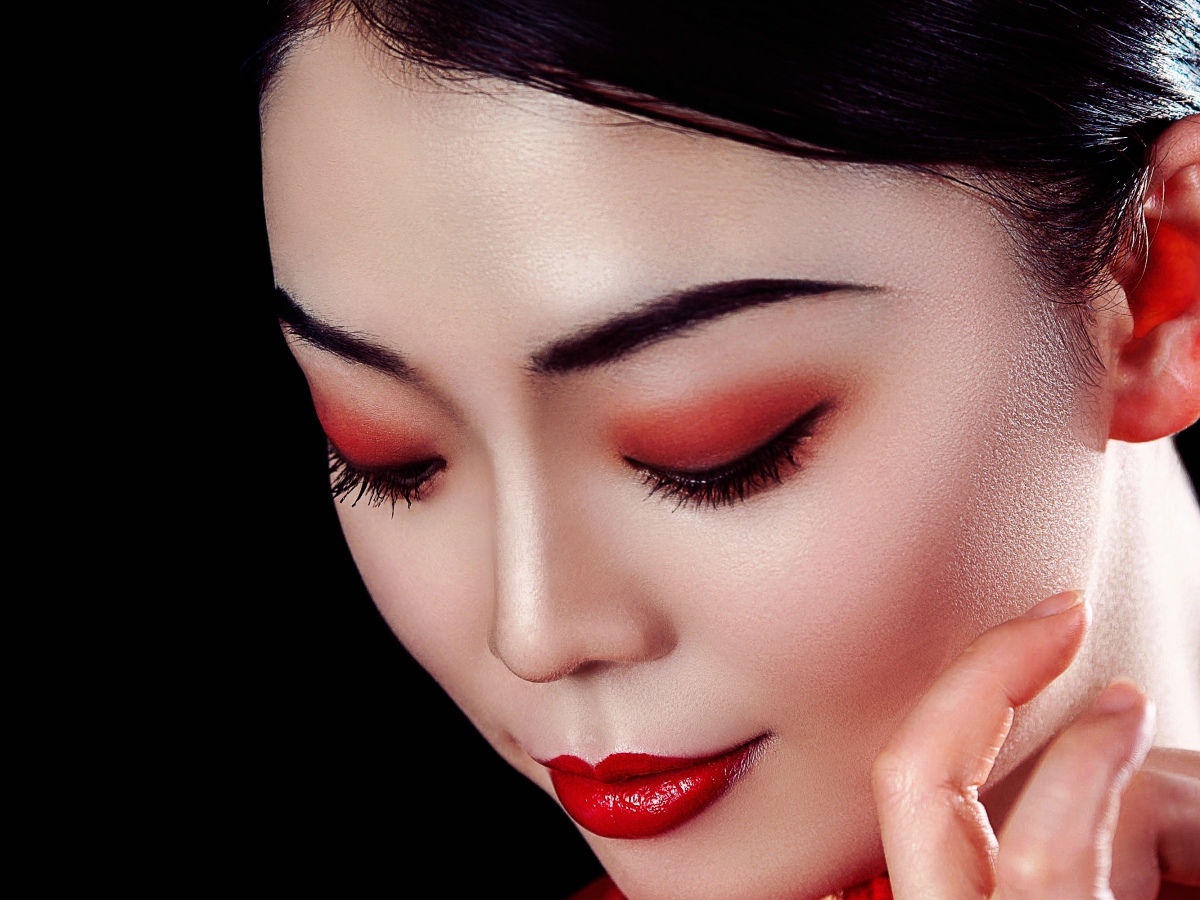Most Australian brands targeting expansion in China have pinned their hopes on skincare with good reason. The category accounts for close to 60 per cent of Chinese beauty sales.
But the makeup sector is one of the fastest-growing categories, surging by 258 per cent in 2019, reports Cosmetics China, the number one agency focused on beauty and cosmetics in China.
According to the latest report from GlobalData – China Makeup – Market Assessment and Forecasts to 2025 – the Chinese makeup market is predicted to grow from US$5.9 billion in 2020 to US$8.9 billion by 2025.
Face makeup is the key driver, followed by eye makeup, with growth rates of 9.2 per cent and 7.9 per cent, respectively.
E-tailers, including online giants Alibaba and JD.com, are the leading distribution channel for makeup in China, with a value market share of 36.7 per cent in 2020, followed by department stores (22.5%) and hypermarkets (13.8%), reveals GlobalData.
The top three companies in the Chinese makeup market by value in 2020 were L’Oréal, LVMH (Sephora, Christian Dior, Benefit Cosmetics, Givenchy) and Korea’s AmorePacific (Laneige, Innisfree, Mamonde, Etude House). Leaders in the masstige market included the L’Oréal Paris and Maybelline brands.
The beauty and personal care business in China is seeing a surge in demand for higher-quality, luxury, high-end brands as a result of rapid urbanisation, rising disposable income and social media exposure, notes Sukanyashri Kabali, consumer analyst at GlobalData.
“Social media and influencers also play a key role in the growth of local brands. For instance, Chando, an online cosmetics and skincare brand, partnered with video sharing platform Bilibili, with an average monthly user base of 223.3 million in Q1 2021, and is expected to reach 400 million users by 2023 and ranks fifth in the beauty category on JD.com.”
Kabali highlights Chinese consumers’ growing affection towards traditional Chinese style and culture as fuelling the rise in makeup sales. “Domestic brands such as Florasis are launching products using traditional Chinese recipes and ingredients, such as herbal extracts and floral essences, with a focus on heritage. For example, the company’s 2020 launch of Floral Dewy In-Porcelain lipstick was inspired by the ancient Chinese porcelain arts and culture.”

